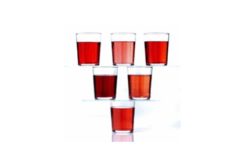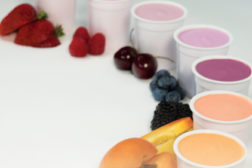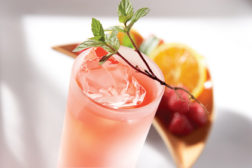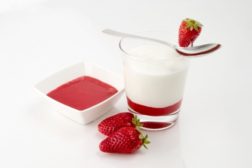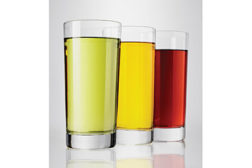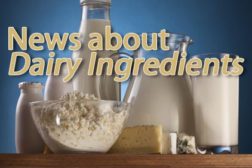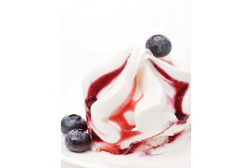Colors/Flavors
Formulating natural colors in dairy foods
Consumer awareness of natural colorings in dairy foods is important. But coloring milk and dairy foods is a tricky proposition. Never fear. We look at red, yellow, blue and green color options for milk, cheese, yogurt and ice cream.
September 14, 2012
Colors
D.D. Williamson poll validates multiple reasons for using food coloring
"The results validate that product developers have multiple reasons to formulate natural coloring in foods and beverages,” says a company rep.
August 27, 2012
Stay ahead of the curve. Unlock a dose of cutting-edge insights.
Receive our premium content directly to your inbox.
SIGN-UP TODAYCopyright ©2025. All Rights Reserved BNP Media.
Design, CMS, Hosting & Web Development :: ePublishing
